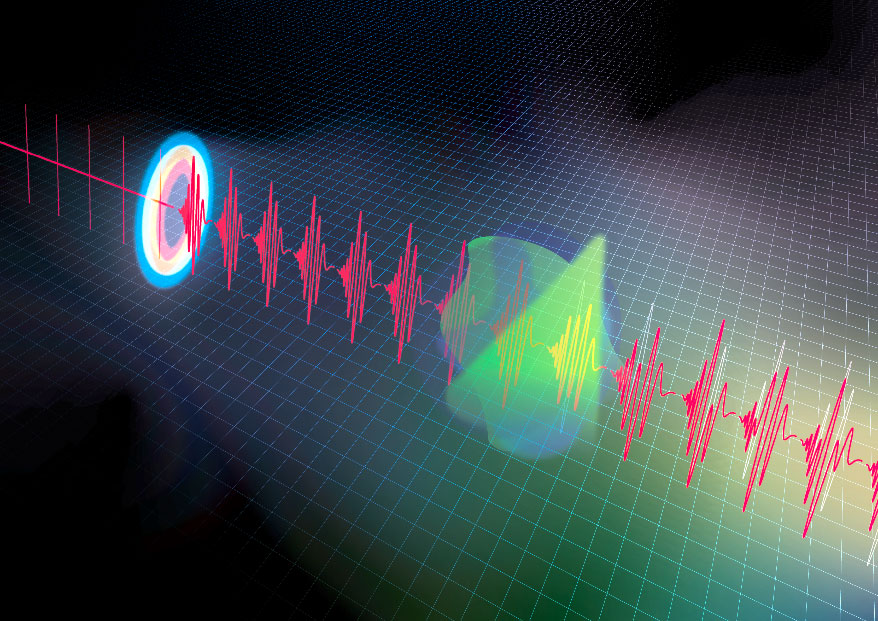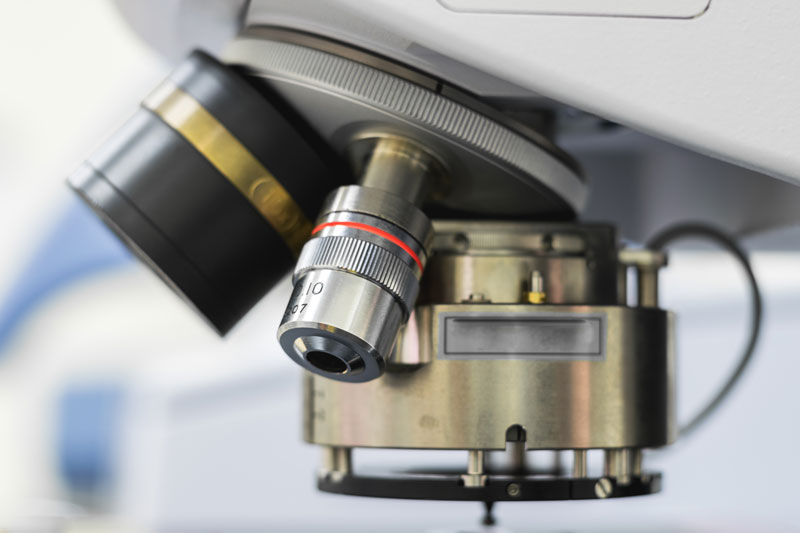
6th September 2020 Molecular analyser is 100 times faster A new infrared spectroscopy method, nearly 100 times faster than previous techniques, is reported by the University of Tokyo.
Spectroscopy is an important tool of observation in many areas of science and industry. Infrared spectroscopy is especially important in the world of chemistry where it is used to analyse and identify different molecules. Current state-of-the-art machines can achieve 1 million observations per second. Researchers at the University of Tokyo have now greatly surpassed this figure, with a new method nearly 100 times faster. From climate science to safety systems, manufacture to quality control of foodstuffs, infrared spectroscopy is used in so many academic and industrial fields that it has become a ubiquitous, albeit invisible, part of everyday life. In essence, it provides a way to identify what molecules are present in a sample of a substance with a high degree of accuracy. The basic idea has been around for decades and has undergone improvements along the way. In general, the technique works by measuring infrared light transmitted or reflected from molecules in a sample. The samples' inherent vibrations alter the characteristics of the light in very specific ways, providing a chemical fingerprint, or "spectra", which is then read by a detector and analyser circuit or computer. Fifty years ago, the best tools available could measure one spectra per second, and for many applications this was more than adequate. More recently, a technique called dual-comb spectroscopy achieved a measurement rate of 1 million spectra per second. However, in many instances, more rapid observations are required in order to produce fine-grain data. For example, some researchers wish to explore the stages of certain chemical reactions that occur on extremely short time scales.
Recognising this need, Associate Professor Takuro Ideguchi, from the Institute for Photon Science and Technology at the University of Tokyo, and his team attempted to create the fastest infrared spectroscopy system to date. "Our method – time-stretch infrared spectroscopy – is about 100 times faster than dual-comb spectroscopy, which had reached an upper speed limit due to issues of sensitivity," explains Ideguchi. Time-stretch infrared spectroscopy works by stretching a very short pulse of laser light, transmitted from a sample. As the pulse is stretched, it becomes easier for a detector and the accompanying electronic circuitry to accurately analyse. A key high-speed component that makes this possible is something called a quantum cascade detector, developed by one of the paper's authors, Tatsuo Dougakiuchi from Hamamatsu Photonics. Given there are 31.5 million seconds in a year, this new method can achieve in one second what 50 years ago would have taken three years. It seems that infrared spectroscopy is yet another example of an "exponential" technology. "Natural science is based on experimental observations. Therefore, new measurement techniques can open up new scientific fields," explained Ideguchi. "Researchers in many fields can build on what we've done here and use our work to enhance their own understanding and powers of observation." A paper on his team's breakthrough appears this month in the journal Communications Physics.
--- Follow us: Twitter | Facebook | Instagram | YouTube
Comments »
If you enjoyed this article, please consider sharing it:
|








